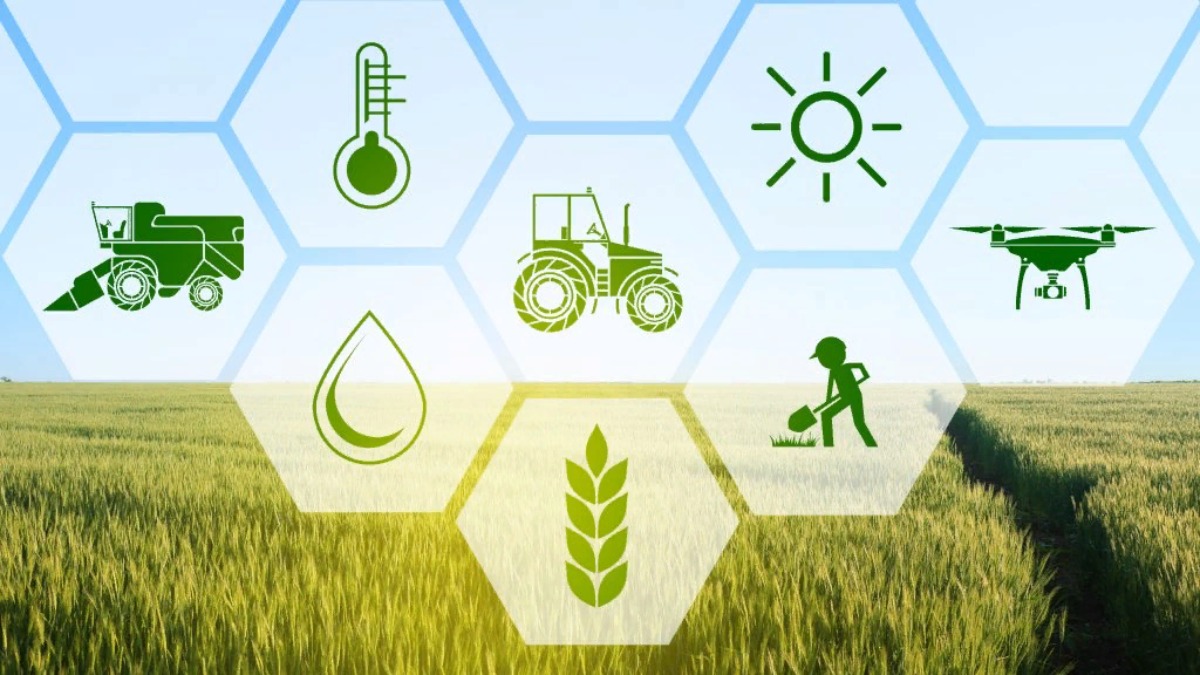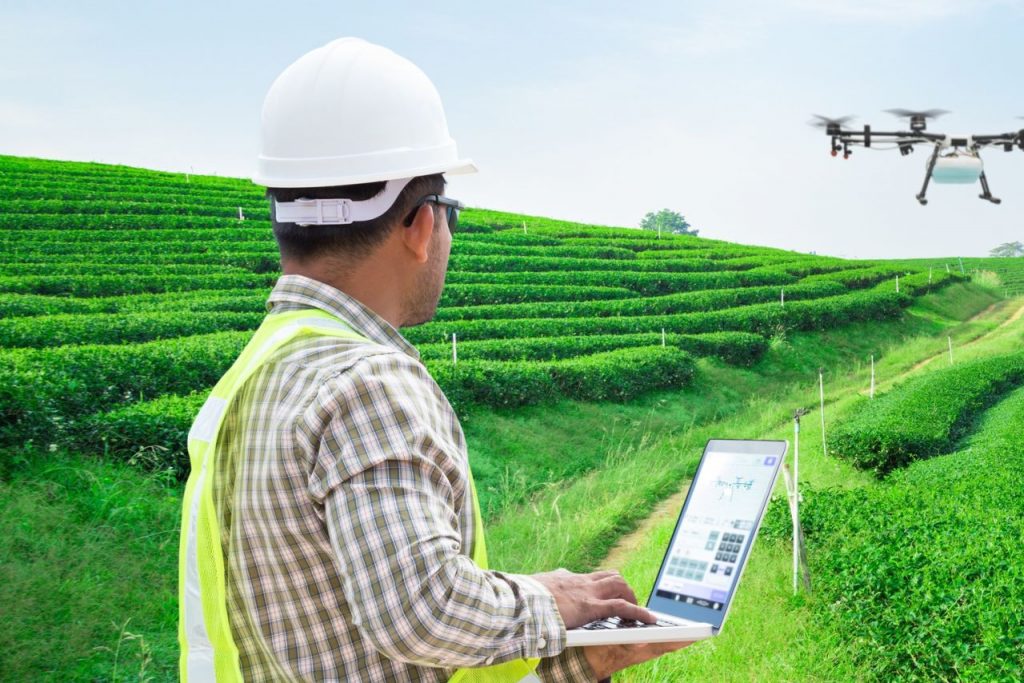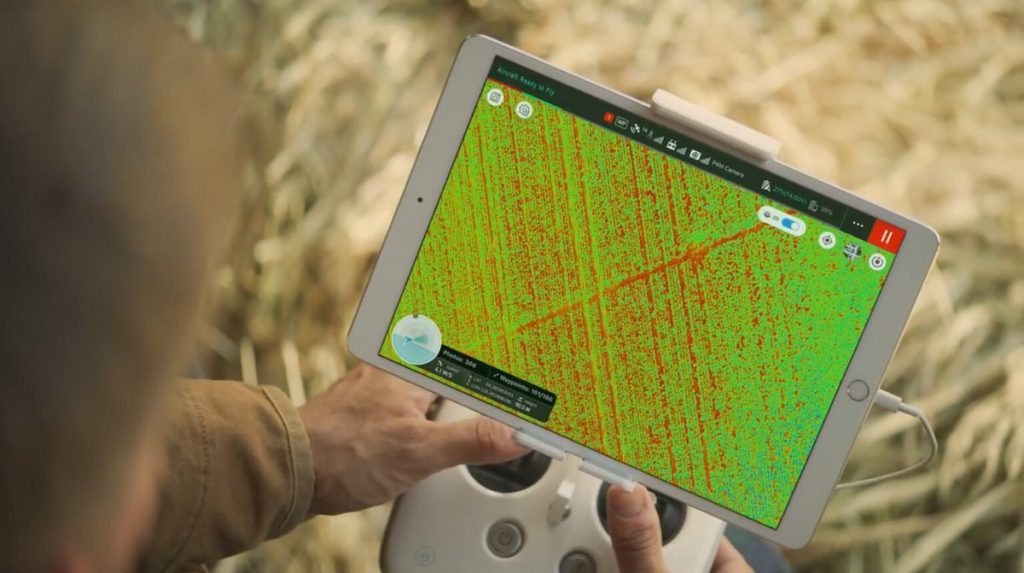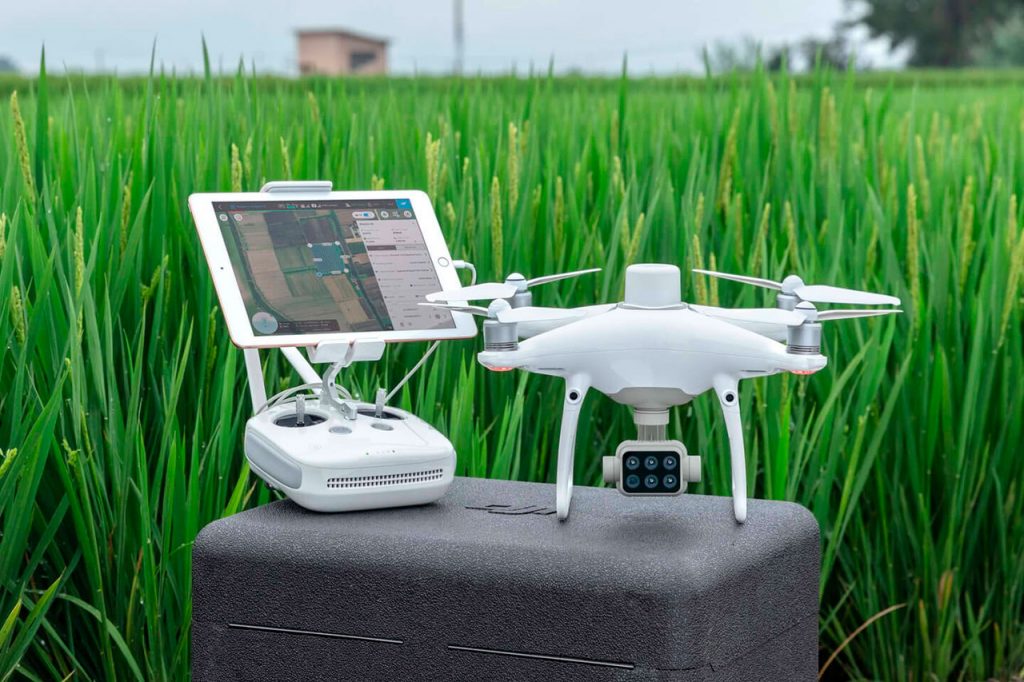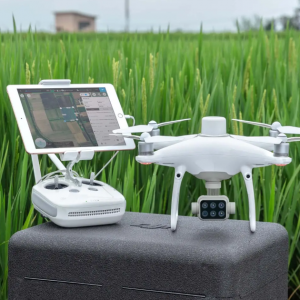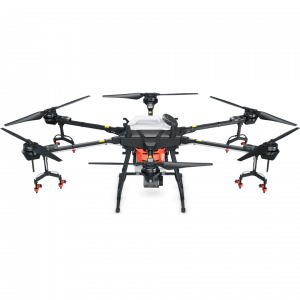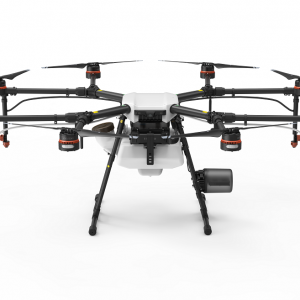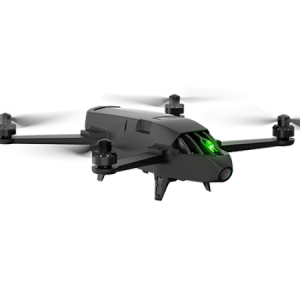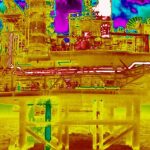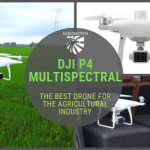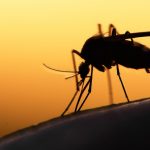Overview of the Main Advantages of IoT for Modern Farming Industry
It goes without saying that smart farming, with the help of IoT technologies, offers numerous benefits for farmers. But the first and foremost advantage is increased productivity of experts working in this niche.
Today, humanity is in a situation where we need to produce more food, but unfortunately, we have fewer resources. This is where the Internet of Things might come in handy. This technology can significantly increase food production. The main goal of smart farming is to help cultivators in growing food.
Every farmer understands the importance of integrating smart solutions into local and commercial farming. Besides examining air temperature, moisture, and soil precipitation, the integration of IoT can also improve the production of farms and water usage. The world population is constantly growing; therefore, a food production area should also continue growing. Let’s delve into the details of this theme and find out how IoT can be used in agriculture.
IoT and Agriculture
It is clear that you want to learn how IoT can be used in farming and agriculture. Let’s begin with the basics. The thing is that IoT in this niche is mostly focused on bringing about data on yields. Simply put, this technology helps evaluate the state of yields; it helps examine the soil, gather data, and make instant decisions (if necessary).
When cultivators have relevant data at their fingertips 24/7, they can make knowledgeable decisions on time. This technology allows them to control logistics outlays, predict harvests, and plan their work properly. It goes without saying that IoT leads to less human inputs.
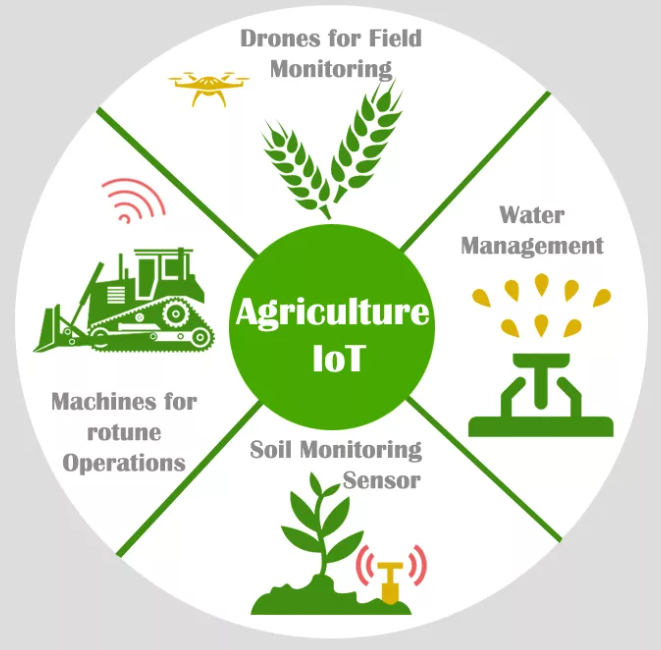
Most Important IoT Consumer Applications
IoT has numerous benefits for farming. Let’s review the most essential ones.
Agronomy drones
The use of agricultural drones is the best example of IoT applications in farming. Agriculture is the primary industry where the use of drones can be incorporated. UAVs can speed up lots of processes and help farmers make instant decisions. In this case, two types of drones can be implemented:
- Aerial drones;
- Ground-based drones.
Ranging from the evaluation of crop health to soil moisture, the advantages provided by UAVs are numerous. Drones can help find out more about irrigation, crop health assessment, planting, and soil analysis.
First of all, we should mention that drones are very easy to use. The main benefits of drone use include integrated GIS mapping, yield health monitoring, and an opportunity to improve sales. Drones for farmers are a must-have tool that allows them to learn everything about their fields. From the data collected by UAVs, cultivators can predict yields, map drainage or canopy cover, monitor plant health, measure plant height, etc. Overall, drone technology suggests a high-tech makeover to farming. What’s more? Drones can also gather multispectral, thermal, and visual imagery during flights. This information is essential for any modern agricolist.
IoT soil condition monitoring
That’s another application of IoT in farming. Soil condition monitoring sensors are a must-have tool for farmers who want to keep up with the times. They enable agricolists to collect data about temperature, rainfall, and other metrics that help them predict yields. Such sensors also allow farmers to save their precious time that they usually spend manually checking water levels. Moreover, they also allow for better water conservation and take little time to set up.
Scientists proved that IoT could help farmers increase food production by 70 % by the year 2050. IoT enabled sensors to help agricolists learn what is better for their crops without manually doing this work. Simply put, they would allow farmers to learn more about soil moisture, soil temperature, and air temperature.
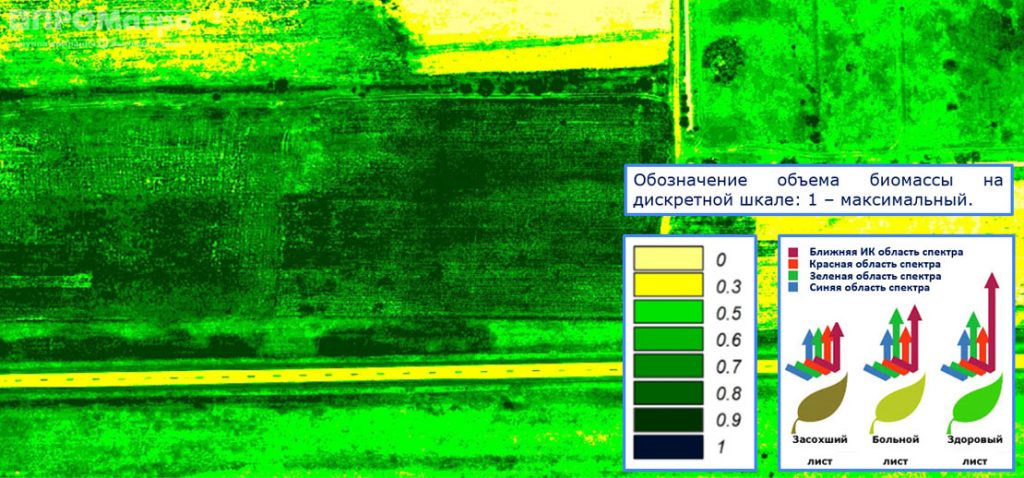
Smart greenhouses
The main goal of this technique is to improve the yields. Greenhouses monitor environmental parameters through manual intervention or a proportional control mechanism. Unfortunately, the manual intrusion has certain shortcomings, such as labor cost, damage of goods, or energy mislaying. In this case, a smart greenhouse based on IoT systems (without human intervention) has more benefits. They can easily control the climate and measure various environmental parameters.
Control of livestock
Besides the above-mentioned applications of IoT in agriculture, there’s one more – livestock control. Simply put, it also enables farmers to gather data about the well-being of their cattle. Thanks to this information, agricolists can see the real-time condition of their livestock. Moreover, an opportunity to keep track of the cattle with the help of IoT-based radars can reduce labor costs.
IoT applications also allow farmers to gather data about their cattle’s location. This data helps them identify sickish animals, separate them from the herd, and finally, focalize the spread of the illness.
Overall, we can see that agriculture is benefitted from IoT systems. IoT technology comes as a boon because it can increase the quantity and quality of agriculture production. IoT guarantees more intelligent work. To sum up what has been said, the modern market for smart agriculture using IoT technology is rapidly growing; in the next few years, it is expected to grow even more!

